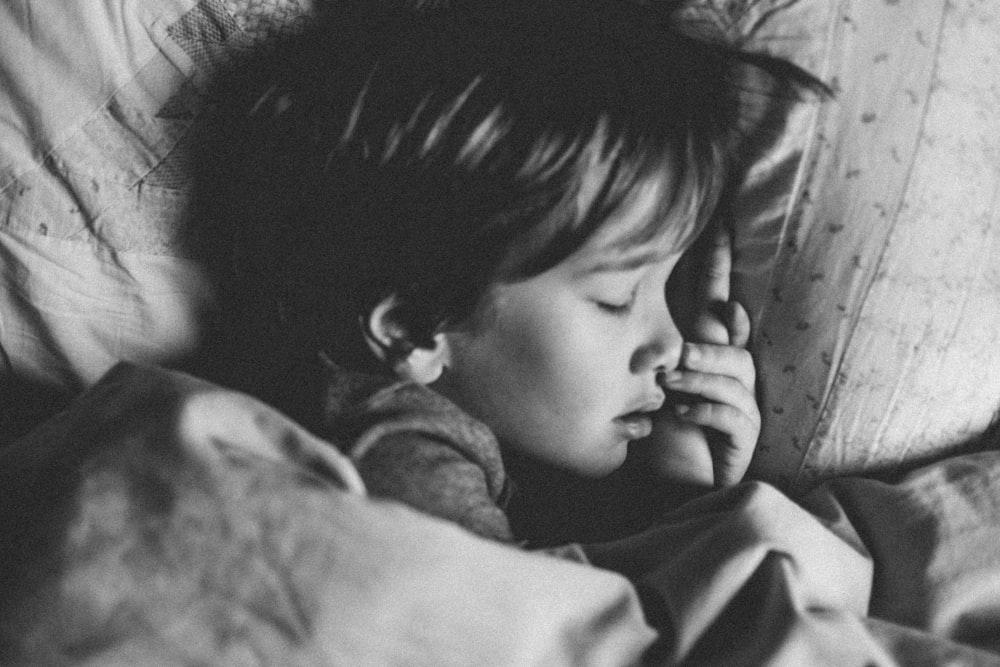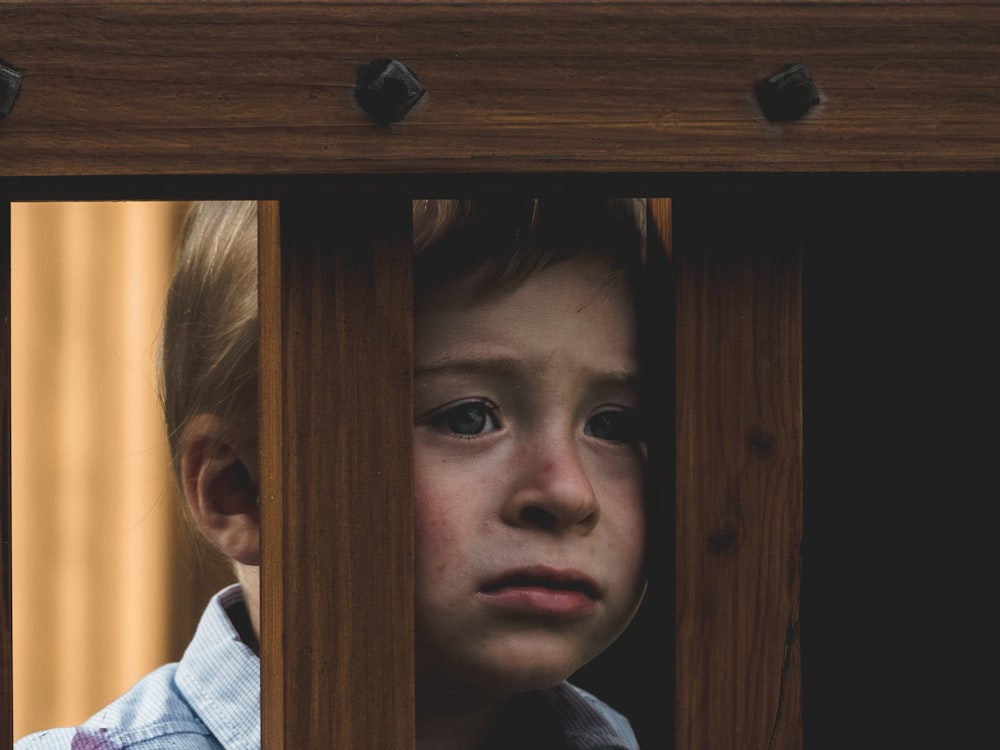While obstructive sleep apnea typically becomes more common as people get older, it is also surprisingly common among children. Between the ages of two and eight, it isn’t unusual for children to also experience obstructive sleep apnea. When this condition occurs, the throat muscles collapse during sleep. The blockage of the airway causes the body to force itself to wake up to start breathing again. This causes temporary awakenings throughout the night, resulting in fragmented sleep.
With untreated sleep apnea being linked to a variety of negative health outcomes, it is understandable that parents would want to help their child improve their sleep quality and overall well-being. Here’s what parents should understand about this condition.
What Causes Pediatric Sleep Apnea?

While there are several potential culprits behind pediatric sleep apnea, obesity tends to be the main contributing factor (similar to adults). In fact, one study found that 44 percent of overweight children had obstructive sleep apnea — a drastically higher rate than those in a “normal” weight range. This occurs because fat deposits in the upper respiratory tract make it easier for the throat muscles to collapse during sleep.
However, other physical features can also make the occurrence of obstructive sleep apnea more likely. Cleft palate, narrow facial bones, and enlarged tonsils or adenoids can also contribute to this condition.
Of these, enlarged tonsils and adenoids seem to be the most common. When either of these physical features is larger than normal, it makes the child’s airways narrower. The larger the tonsils or adenoids, the more severe sleep apnea will be.
Signs Your Child Has Sleep Apnea

Obstructive sleep apnea causes significant sleep disruptions, making it near impossible for your child to get a full night’s rest. As with adults, a child with sleep apnea typically won’t realize that they are waking up in the middle of the night. Most people with sleep apnea fall asleep almost immediately after they wake up, and don’t remember anything that happened during the night—even if they woke up several times.
Because of this, parents should be especially observant if their child seems overly tired during the day or exhibits other behavioral changes that could stem from a lack of sleep.
Children with sleep apnea will often exhibit a variety of troublesome behaviors during sleep. Similar to adults, they will often snore or gasp for breath during the night. Mouth breathing is also common. During sleep, children with sleep apnea are more prone to night sweats, wetting the bed, restless sleep, and even night terrors or sleepwalking.
Daytime behavioral problems are also common. Unsurprisingly, children with sleep apnea will have trouble waking up in the morning because of how exhausted they feel. This excess fatigue can also make it harder for them to pay attention in school. They may also become increasingly irritable and emotional.
Interestingly, sleep apnea can also result in hyperactivity among children. Studies have linked obstructive sleep apnea with ADHD, though attention deficits (with or without an ADHD diagnosis) are extremely common among children with sleep apnea. Left untreated, this can lead to poor performance in school and even harm relationships with friends and family.
What Treatments Are Available?

While some parents may hope that their child will “grow out” of obstructive sleep apnea, it is best to consult with your child’s physician to get a diagnosis and determine what steps should be taken. Typically, sleep apnea is diagnosed through a sleep study, where a doctor will monitor the child’s breathing, heart rate, brainwaves, and other vital signs to diagnose sleep apnea or other disorders.
Because obesity is such a major contributor to childhood sleep apnea, overweight children may be given lifestyle recommendations before other treatment options are considered. This could include developing a diet and exercise plan to help your child lose weight. By losing excess fatty tissue, sleep apnea becomes less likely to occur.
Children who have enlarged tonsils or adenoids may need surgery to remove one or both of them. While children may experience a sore throat for a few days after their surgery, this method has proven to be highly effective at eliminating sleep apnea symptoms.
Some children may also need to use a CPAP machine to keep sleep apnea in check. By supplying a constant flow of air, a CPAP machine keeps the airways from closing during sleep. Because adapting to a CPAP mask can be a bit of an adjustment, some children may benefit from easing into this form of treatment.
A CPAP machine can be beneficial for children who are trying to lose weight to improve sleep apnea symptoms, as well as children whose sleep apnea continues after a tonsil or adenoid removal. The sleep specialist who performed the sleep study will determine which CPAP settings are needed based on the severity of your child’s condition.
Get the Equipment You Need from Help Medical Supplies
Whether it’s you or your child who is struggling with sleep apnea, obtaining necessary medical equipment can often feel like a financial burden, particularly if you don’t have quality health coverage. This is where Help Medical Supplies comes in. With a wide range of quality CPAP machines available at discounted prices, we make this equipment more affordable so you can get the care you need.
In addition, free shipping on orders $89 or more and available financing can further reduce the costs associated with buying CPAP equipment. By getting the equipment you need at a price you can afford, you can ensure that your entire family gets the rest they need.

